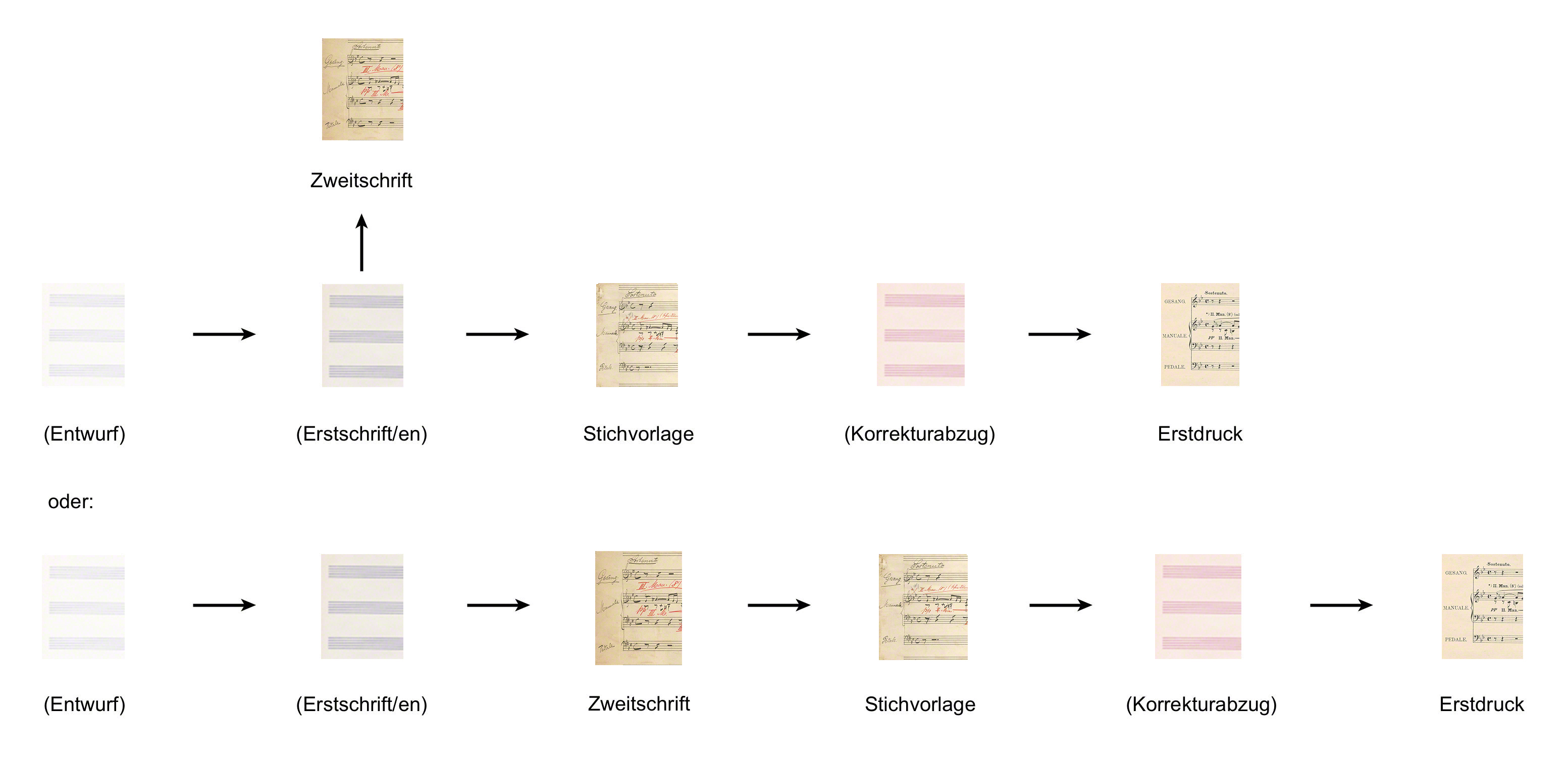Wohl denen, die ohne Wandel leben WoO VII/36
Sacred Song for medium voice and organ or harmonium
-
Text: Psalm 119 (1–5, 8)
- -
- -
- -
1.
| Reger-Werkausgabe | Bd. II/7: Vokalwerke mit Orgelbegleitung und weiteren Instrumenten, S. 50–51. |
| Herausgeber | Alexander Becker, Christopher Grafschmidt, Stefan König. Unter Mitarbeit von Dennis Ried und Stefanie Steiner-Grage. |
| Verlag | Carus-Verlag, Stuttgart; Verlagsnummer: CV 52.814. |
| Erscheinungsdatum | Juni 2019. |
| Notensatz | Carus-Verlag, Stuttgart. |
| Copyright | 2019 by Carus-Verlag, Stuttgart and Max-Reger-Institut, Karlsruhe – CV 52.814. Vervielfältigungen jeglicher Art sind gesetzlich verboten. / Any unauthorized reproduction is prohibited by law. Alle Rechte vorbehalten. / All rights reserved. |
| ISMN | M-007-18850-4. |
| ISBN | 978-3-89948-318-5. |
Psalm 119 (1–5, 8)
unknown
Used for comparison purposes in RWA: Psalm 119, in:
Die Bibel oder die ganze Heilige Schrift des Alten und Neuen Testaments, nach der deutschen Übersetzung Martin Luthers, 938th edition, ed. by Martin Luther, Verlag der v. Canstein’schen Bibel-Anstalt, Halle
Copy shown in RWA: DE, Karlsruhe, Max-Reger-Institut/Elsa-Reger-Stiftung.
Note: Die heute ungebräuchliche Form “ohne Wandel leben” (statt “ohne Tadel leben”) lässt vermuten, dass Reger eine ältere Auflage der Luther-Bibel als Textvorlage verwendete, die noch nicht den in den 1890er-Jahren erstmals revidierten Text übermittelt (siehe Anmerkung).
Note: Heinrich Schütz hatte den 119. Psalm 1671 doppelchörig als “Schwanengesang” vertont. Friedrich Spitta hatte das bis dato weitgehend unbekannte Werk in seinem Aufsatz “Neu entdeckte Schützsche Werke” im Mai 1900 in der Monatschrift für Gottesdienst und kirchliche Kunst (5. Jg., S. 122–128) der Öffentlichkeit vorgestellt. Reger, der zu dieser Zeit in der Monatschrift publizierte und mit Spitta in Kontakt war, könnte von dieser Entdeckung gewusst haben.
1. Composition and Publication
2.
Translation by Elizabeth Robinson.
1. Reception
At present, there are no records of performances in Reger's time.
1. Stemma

2. Quellenbewertung
Der Edition liegt als Leitquelle der Erstdruck zugrunde, während die vermutliche Erstschrift kaum eine Rolle spielte. Die Vortragsanweisungen fehlen in diesem Manuskript noch, es ist sehr flüchtig geschrieben und enthält zahlreiche Wendungen, die nicht in den Druck eingegangen bzw. für den Druck verbessert worden sind. Diese umfangreichen Korrekturen stehen jedoch im Widerspruch zur lapidaren Äußerung “neuer Abzug nicht nötig!” (Postkarte an Lauterbach & Kuhn vom 20. Oktober 1903), mit der Reger die Stichvorlage einreichte (siehe Entstehung). Als Stichvorlage muss Reger ein umfänglich ausgearbeitetes Manuskript eingereicht haben, das sich jedoch nicht erhalten hat.
3. Sources
- Vermutliche Erstschrift
- Stichvorlage
- Erstdruck
Object reference
Max Reger: Wohl denen, die ohne Wandel leben WoO VII/36, in: Reger-Werkausgabe, www.reger-werkausgabe.de/mri_work_00242.html, version 3.1.1, 31st January 2025.
Information
This is an object entry from the RWA encyclopaedia. Links and references to other objects within the encyclopaedia are currently not all active. These will be successively activated.